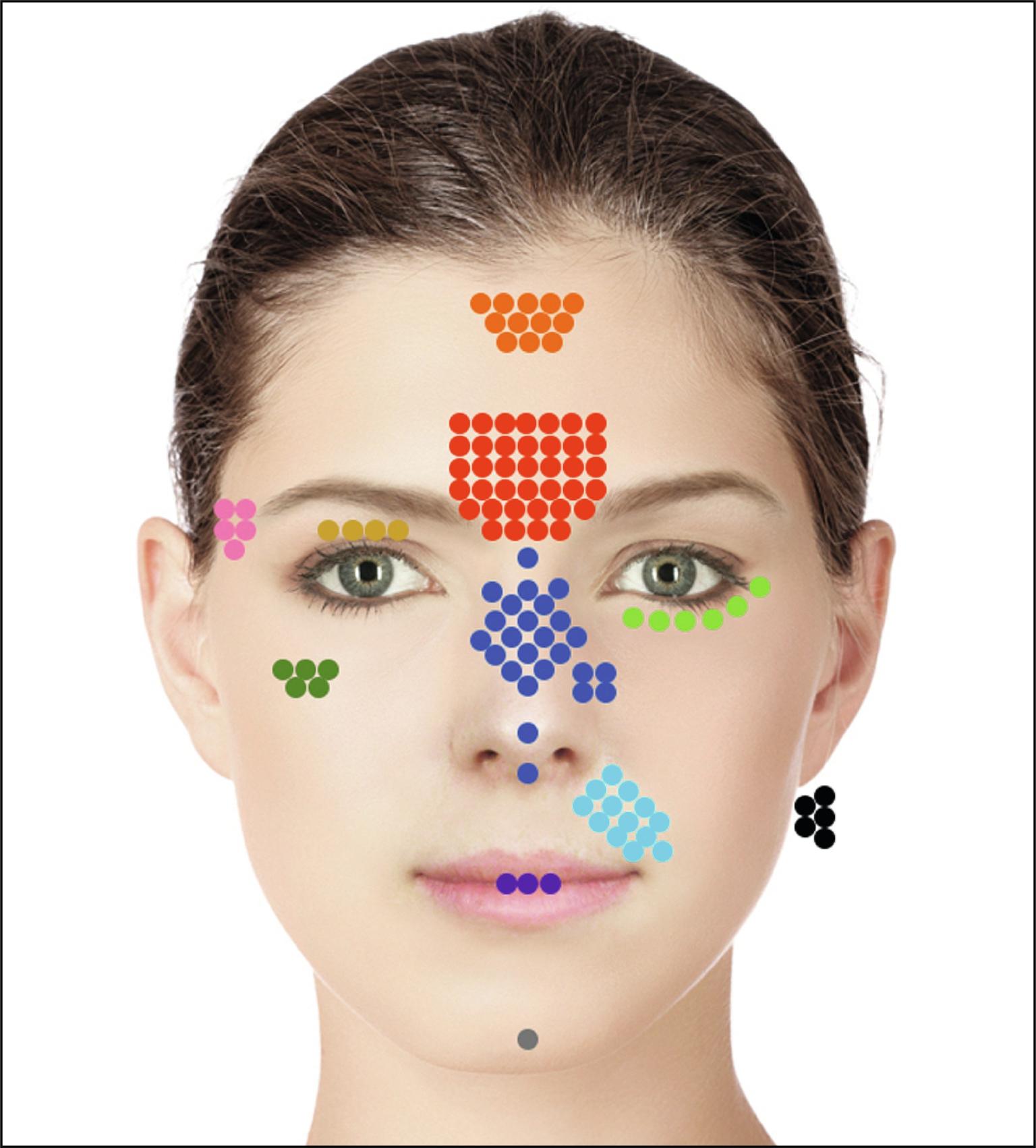Physical Address
304 North Cardinal St.
Dorchester Center, MA 02124
Soft tissue fillers are generally very well tolerated. However, serious vascular complications, including blindness, can occur.
When filler is injected into blood vessels, ischemic or embolic phenomena may result.
It is important to understand the depth and location of vessels in all areas of injection, although variation does occur.
Strategies to prevent vascular compromise are critical and include injecting slowly and with minimal pressure, injecting small volumes at one time, and considering using large-bore, blunt-tipped cannulas.
A treatment protocol should be instituted urgently at the first sign of vascular compromise. The goal of treatment is rapid restoration of perfusion.
The use of soft tissue fillers continues to grow in popularity, in part, due to their favorable side effect profile. However, serious complications can occur. The most feared and potentially serious complications are vascular in nature. It is critical for injecting physicians to have a firm knowledge of the vascular anatomy and to understand key prevention and management strategies.
Vascular complications occur when filler is injected into blood vessels, resulting in ischemic or embolic phenomena. Skin necrosis occurs when the blood supply to the skin is compromised. Typically, the first indication of vascular compromise of the skin is blanching. This can be subtle and may go unnoticed. It is vital to be looking at all surrounding tissue while injecting dermal filler to possibly catch this subtle sign. Over the following minutes to hours and days, progression to a painful, violaceous, reticulated patch may occur ( Fig. 37.1 ). Necrosis and subsequent scarring may develop.

Blindness results from retrograde embolization of filler into the ocular vessels. Visual complications after filler injection may present with immediate unilateral vision loss, ocular pain, headache, nausea, or vomiting. In addition, central nervous system complications, including infarction and hemiplegia, have been seen in association with blindness. In an updated review article, there were 48 new cases of blindness reported from 2015 to 2018 after filler injection, totaling 146 cases reported since the year 1906. Of the updated cases, most commonly injections were hyaluronic acid (HA) followed by calcium hydroxyapatite (CaHa) injections. These are only the reported cases; likely, a high number more exist. The most high-risk site in descending order was the nose, glabella, forehead, and nasolabial fold, but virtually every anatomic location on the face where filler is injected is at risk for vascular compromise ( Fig. 37.2 ).

Become a Clinical Tree membership for Full access and enjoy Unlimited articles
If you are a member. Log in here